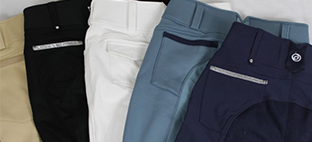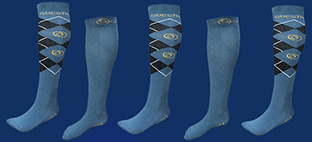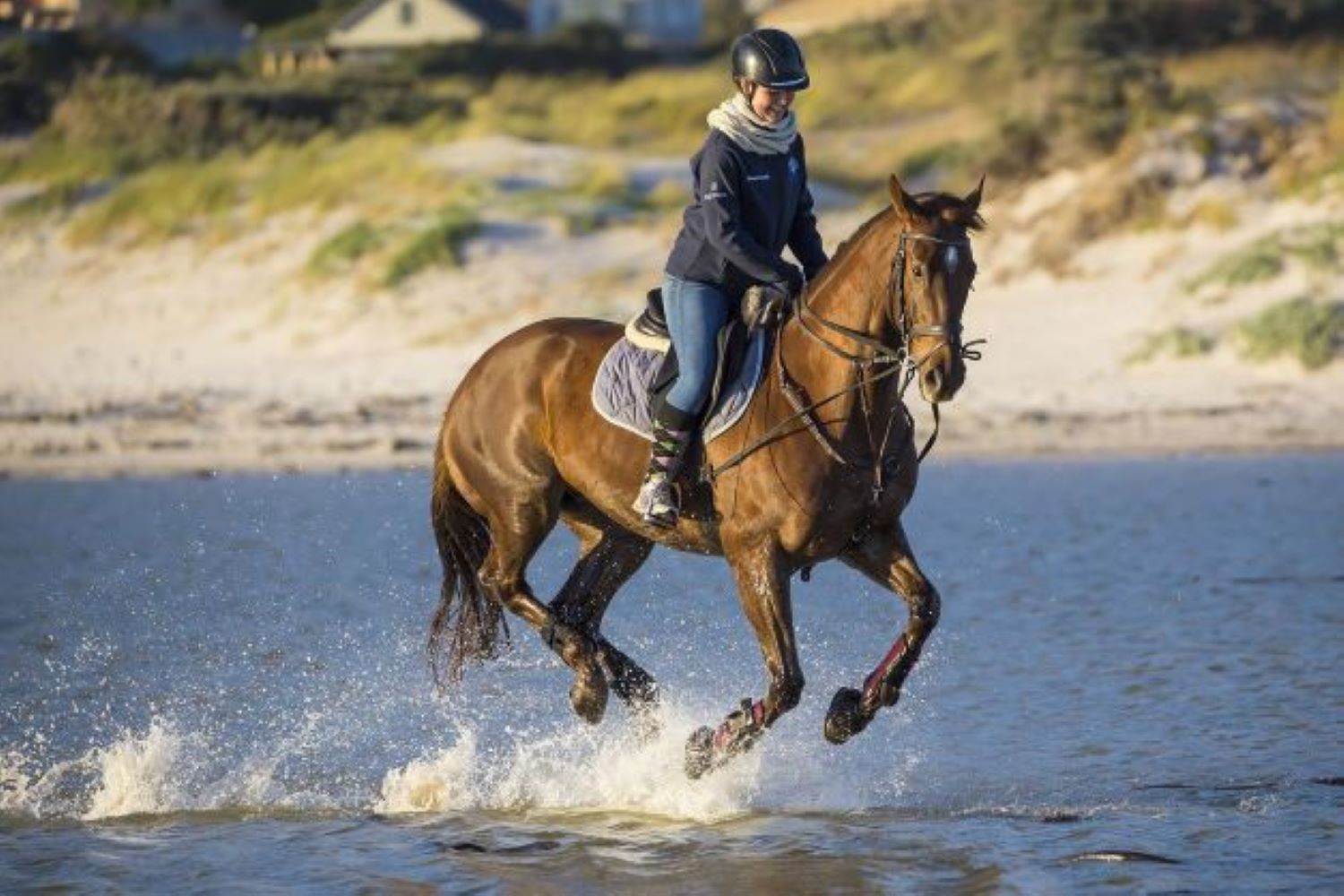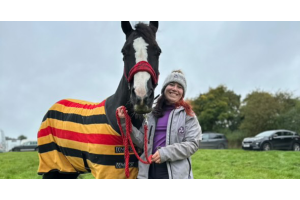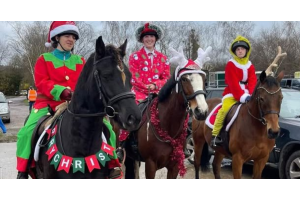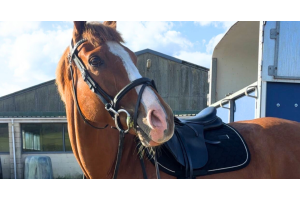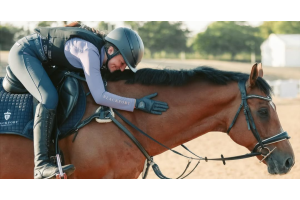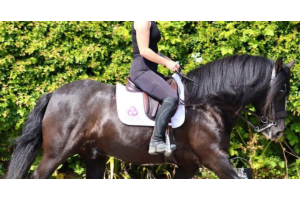How To Do A Flying Change
Flying changes are a beautiful and difficult movement that is the highlight of any advanced dressage test. It is either an unavoidable part of the jumping sequence or the next step toward a higher level of dressage. Flying changes are very technical and require a great deal of precision and timing from both horse and rider.
In either case, the rider experiences a great sensation when the horse switches lead in a canter by leaping energetically and powerfully onto another leg. For the horse, this activity can be both an endurance enhancer and an enjoyment feature!
Here is some information to keep in mind on how to execute a great flying change:
Which Dressage Test Involves Flying Changes?
In British Equestrian dressage assessments, riders may not have to execute flying changes in dressage unless they reach and achieved the Advanced Medium level.
If your horse is trained at a lesser level of dressage, you can still train it to do flying changes.
Depending on the horse, delivering excellent quality flying changes may take several months or even years, so just be persistent and consistent!
What Makes a Great Flying Change?
To execute an accurate left-to-right flying change, you must follow these steps:
- Strength, balance, and posture are delivered by the left hind leg.
- Throughout a distinct period of suspension, the right hind leg jumps through.
- During the transition, the right front, and hind legs must be at the same elevation.
- The way that the right hind leg leaps through the hoof marks made by the right front leg emphasizes that the horse must keep upright.
- The horse must stay calm and comfortable throughout the flying change and the approaching to it.
- The canter's speed and tempo must stay constant.
- As though the horse was clearing some little fence, the change must seem to leap off the ground in an upward motion.
How to Ride a Flying Change
In order to ride a successful flying change, the assistance and support must be timed correctly. As the horse's trailing front leg approaches, deliver the cues on time to catch the perfect moment for a flying change.
To fly from left to right, you must do the following:
Seat:
Put some pressure on your right seat bone towards the right ear of your horse.
Right Leg:
Encourage your horse to move forward during the transition by closing your right leg on the girth.
Left Leg:
Move your left leg behind the girth to instruct the new outer hind leg to take on the new command. Keep in mind that you should not keep this leg back and instead assume that it is spring-loaded so that you can provide immediate assistance.
Right Rein:
Loosen your right rein so that the new inside front leg does not get entangled.
Left Rein:
To keep the left hind leg on the ground and retain upward balance, make a fist with your left hand. Visualize snatching an insect out of the air with your hand tightening and releasing so swiftly.
Common Faults in Flying Changes
When it comes to flying changes, there are several complicating factors:
-
Changing Leads Too Early or Too Late.
The timing is crucial since flying changes need to be done in between strides, not during one. If you try to change too early, the horse will most likely baulk or slow down since it's not ready yet. If you try to change too late, the flying change will be sloppy and the horse will land on the wrong lead.
-
Lack of Balance.
If your horse is unbalanced, it will be very difficult for him to do a flying change. Make sure that your horse is working in an even rhythm and is evenly balanced between your legs and hands before attempting a flying change.
-
Not Enough Impulsion.
The flying change is a very advanced movement, so make sure that your horse is adequately trained before attempting it. If your horse lacks impulsion, he will not have the power to jump through and execute the flying change.
-
Trying and Forcing the Flying Change by using your legs and hands excessively.
This will only make the horse tense up and unbalanced, which will result in a failed flying change. Remember that a flying change is a delicate movement that needs to be done with precision and lightness.
Flying changes can be a difficult movement to master, but with proper training and practice, any dressage rider can do them! Just remember to be patient and consistent. Go slowly at first, and make sure that your horse is evenly balanced and has enough impulsion before attempting a flying change.
Check if you remember what you've learned by answering these quick quiz questions:
Question 1: What are the 5 movements to a great flying change?
Question 2: What are the main 4 mistakes when attempting a flying change?
We hope that you found our tips useful & look forward to seeing you back for a breeches shop soon!
